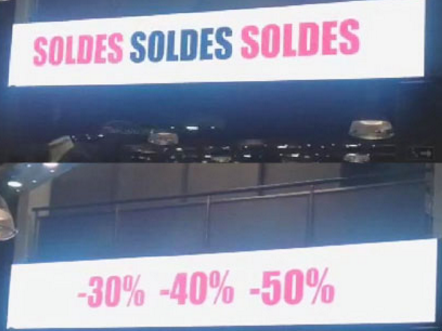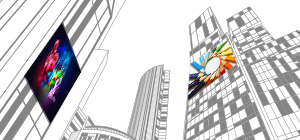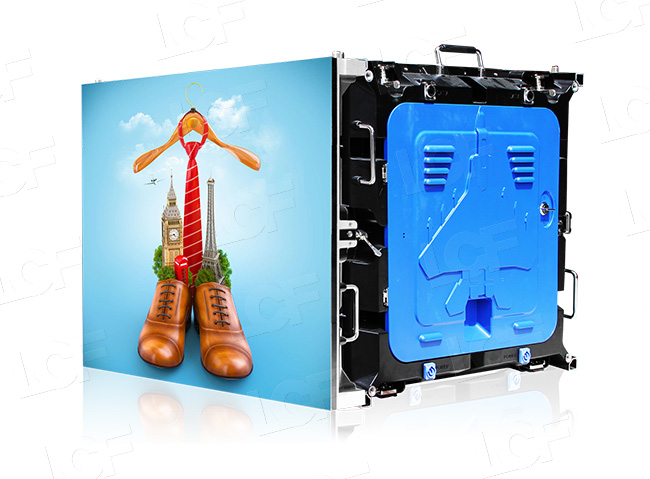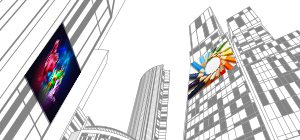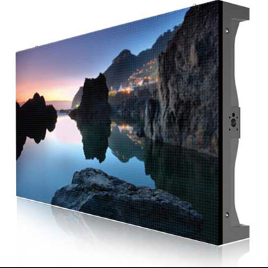Publisher: Supplier of LED Display Time: 2017-06-26 09:22 Views: 4211
Let me first talk about two major events in the LED industry recently. One is that an LED display manufacturer in Georgia, USA sued Shenzhen Shijue Guangxu Electronics Co., Ltd. for infringing on patents related to flexible display technology; the other is that Taiwanese LED manufacturer Everlight moved to Tokyo. The court filed a patent infringement lawsuit against Nichia Chemical Industry Co., Ltd., Citizen Electronics Co., Ltd., and Daiko Electric Co., Ltd. for infringing on Everlight's patented technology. It is impossible to make a conclusion here, but the two patent battles have brought a lot of in-depth thinking to people in the LED industry.
In recent years, the domestic LED industry has developed rapidly, the industry has begun to take shape, and a relatively complete industrial chain has been formed. The gap between the key technologies of industrial development and the international level is gradually narrowing. With the maturity of the small-pitch LED display technology, the application field will be significantly expanded, and it is expected that the next few years will continue to maintain a very high growth rate.
It seems that everything is in good condition, but it is undeniable that we are often in a weak position in terms of patents. This is determined by the large market environment of China’s LED display. As we all know, my country’s LED display industry is starting to compare Late in the day, although all companies have submitted patent applications and obtained authorizations based on their own circumstances, related patents are mainly concentrated in the middle and lower reaches of the industry, especially in the packaging and application links. There are still relatively few real intellectual property arrangements, and plagiarism is common. It is also a "stubborn disease" in the LED display industry. Products are plagiarized and infringed from appearance to so on. The "plagiarism" has been repeatedly banned, and now it has stepped out of the national borders, quite a "mix and match" posture.
The trend of "plagiarism" has been repeatedly banned, and a small number of patent wars are difficult to save. With the rapid development of China’s LED display industry, it has led to the specific situation of “difficult to innovate, easy to copy; easy to infringe, difficult to protect rights”. The industry does not have general industry standards and norms, and the homogeneity of products is serious. It is also very useful for judging whether infringement. Time-consuming, "patents" have often become furnishings. The follow-up of the sound of warning is usually "light thunder, no rain", causing the trend of "plagiarism" to flourish.
However, the foreign LED industry attaches great importance to patent rights, and patent items cannot be infringed. In international competition, patent litigation is the most common means of competition. Most of the time, the Chinese LED industry lacks the courage and bargaining chips to compete with or negotiate with international giants during the patent war. "Blessings come and misfortunes depend on, and disasters are fortunes". Whether it is a foreign LED company suing a Chinese LED company for infringement, or a domestic LED company suing a foreign LED company for plagiarism, it doesn't matter who wins and who loses in these patent wars, there is nothing. The question is that it can at least purify the entire LED industry-improve patent awareness, and even strengthen patent layout and technology research and development.
Follow the industry order of fair competition and international competition laws, reasonably safeguard its own market interests, and establish risk prevention and control awareness. The intellectual property rights layout in advance, and the active participation in the formulation of relevant technical international standards, it is not difficult to see that China's LED display patents have a long way to go.


